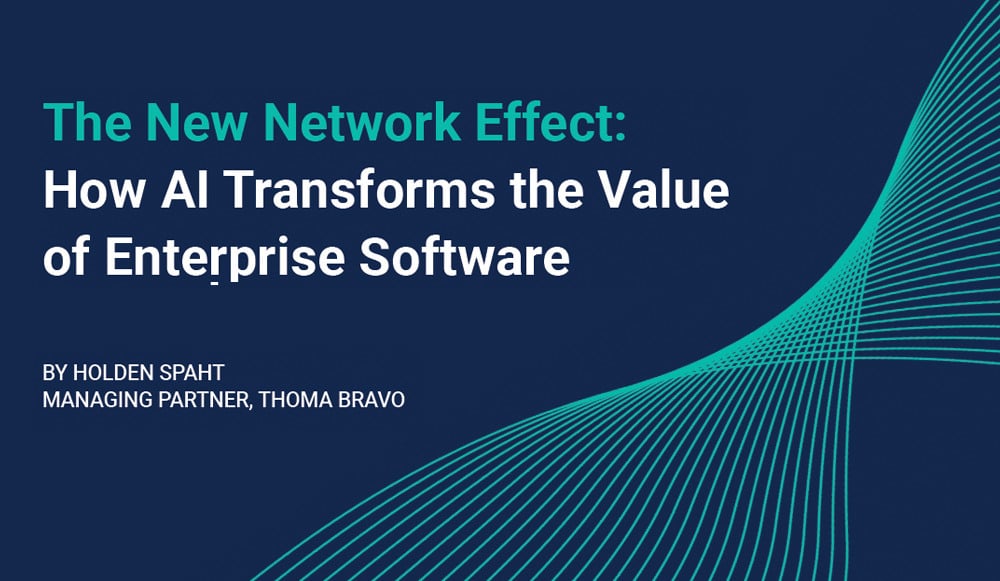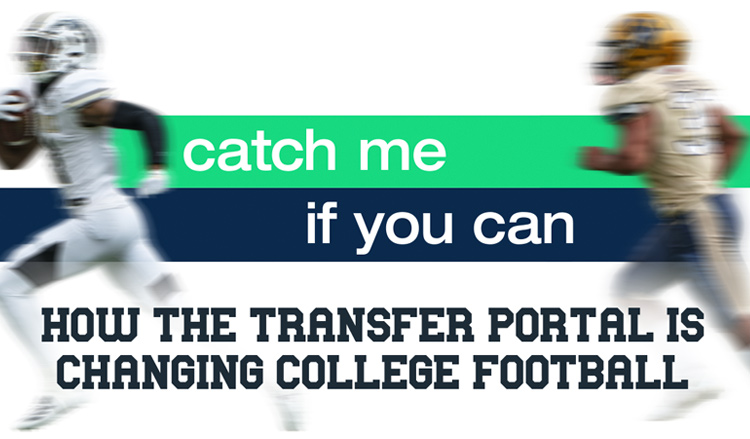
Ever since I was a kid I’ve been a sports junkie, anxiously awaiting the newspaper delivery to consume all the stories and statistics from the prior day’s action. Growing up in Baton Rouge, however, nothing captured my passion more than college football. Many of my favorite childhood memories came in Tiger Stadium – aka Death Valley – with my dad and grandfather cheering alongside 80,000 (now >100,000) proud, emotional Louisianans, whose general happiness depended on the outcome of the twelve games LSU played each fall. What other sport are you aware of that could generate so much noise to register as an earthquake on a nearby seismograph (LSU vs. Auburn in 1988)?
All these years later, not much has changed for me. While Baton Rouge may no longer be where I call home, LSU football is still a tie that binds me to my family and birth town as much as any. I attend games each fall, follow the daily news year-round, and speak to my family several times a week about the trajectory of the team.
With that backdrop, maybe it’s no surprise that I’ve been giving a lot of thought to the impact the NCAA transfer portal – introduced by the NCAA in 2018 – is having on my favorite game. At least for me, the latest moves sparked some observations about culture, leadership, and the importance of patience that I think go far beyond the field.
How does the football transfer portal work? The basic rules are pretty simple. Say a player decides he wants to transfer from one school to another. He first informs his current school, which enters the name into a database that’s visible to other schools. Coaches from other schools can now contact the player and negotiate a new deal with him (for simplicity, assume that new rules around NIL – “Name Image Likeness” – allow the player to be offered effectively whatever the other school’s collective/boosters are willing to pay). The player doesn’t have to leave, but he’s essentially declared himself a free agent at that point.
Before 2021, there was a penalty for transferring that was designed to deter excessive use of the portal — in most cases, the transfer player would have to sit out a year before he could play for his new school. In 2021, the rules were changed so that a player could use the portal once in his college career without that penalty. As you’d expect, this opened the floodgates: while 1,695 players from the Football Bowl Subdivision (FBS) entered the portal in the 2019-20 cycle, the number nearly doubled in 21-22 — jumping to 3,085.
This has had a meaningful impact on the composition of team rosters. In 2020, 10.7% of FBS starters were transfers; in the 2022 season, it was 20.9% transfers. On average, more than 1 out of 5 players on an FBS team were transfers that year; in some programs the number is considerably higher. Add in “normal” attrition – players going to the NFL, players graduating, players getting injured, players becoming academically ineligible – and many coaches are having to replace close to half of their rosters on an annual basis! (Billy Napier’s first year at Florida saw a 54% turnover rate.)
I’m sympathetic to some of the reasons why the NCAA decided to move in this direction. At the Division 1 level, these players really aren’t just students who play football on the side. They are valuable assets that bring massive financial and reputation benefits to the school they play for. So all things equal, why shouldn’t they have more bargaining power and the right to deploy their labor with the employer that can offer them the most upside?
Some of the incentives make sense to me as well. Players want to play for coaches whom they believe can build a winning team (the same way star employees often choose a company to work for because they believe in its leadership). That, in turn, incentivizes coaches to work hard to demonstrate to players that they are uniquely suited to develop a player’s talent — and in the context of a winning program position them for a shot at the NFL. Particularly since the 2021 Supreme Court decision that ended the NCAA restriction on ‘education-related benefits’ to athletes, lots of additional money is moving to the players, which obviously matters. But coaches still have to make trade-offs — there are limits on the number of scholarships a school can offer (and only so much NIL money to go around), which means a coach has to decide how many transfers he wants to try to pursue relative to high school recruits, and how to create a mix that will be most effective for a winning team.
But at the same time, there are real issues that concern me about the impact of this system on the young athletes it is supposed to be helping. I’m thinking in particular of the value of resilience — a skill that often takes just as much training as any on-field play. Resilience is the ability to absorb a negative event – a poorly executed play, getting put on the bench, suffering a gut-wrenching loss – and come back from it not in a weakened position, but an even stronger one. That requires mental and physical toughness, as well as patience and determination.
Having grown up a competitive tennis player (where no matter how good you are, unless you win the tournament, you drive home after a loss with no one to blame but yourself), I believe that resilience is a fundamental life skill that people learn through experience. Even – and sometimes, especially – when it stings in the moment.
Has the NCAA made it just a little too easy for the college athlete to sidestep what it takes to build resilience? And instead, jump to a new school – rather than work things through, when things don’t seem to be going his way at the first school he chose? And if we acknowledge they should be treated more like professional athletes, shouldn’t they have contracts that lock them in for a period of time similar to professionals? To my knowledge, college football may be the only sport currently with unlimited free agency and zero pay caps.
Maybe I sound old thinking this way, but I know how much of an investment coaches make in player development, and how much mentorship matters when building a career (in any industry). I’ve also seen how kids right out of high school generally aren’t ready to compete right away – most need time, both physically and mentally, to mature.
One of the most beloved LSU Tigers of the last decade or so, Jarrett Lee, is a great example. He was thrust into action as a redshirt freshman because of injuries and the dismissal of Ryan Perrilloux; he wasn’t ready and the results were predictably terrible, but – after serving as the backup QB for his sophomore and junior seasons – he led LSU as the starter his senior year to one of its best seasons this century. The process requires doing what it takes to build resilience. Anyone who expects instant results and immediate satisfaction is going to be very frustrated, no matter how much individual talent a player might have.
So here’s my question: are we inadvertently undermining one of the most important traits — resilience — that players and teams need to develop in order to be successful? Might it now just be a little too easy for a player to jump to a new program, instead of working through a tough challenge in his existing program? In many instances, that’s not going to be good for the young player’s long-term development, on the field or off. To make it in the professional world (and I’m not talking about the NFL), they’ll need to show resilience when faced with adversity.
I also wonder about the impact on how coaches build team culture. Football is said to be the ultimate team sport — and despite the visible impact of and the outsized attention media pays to individual star players, a team sport is what I see when I watch it. Almost every coach will tell you that when you reach a certain level of competition, the talent of the players is so great and the pressure of the game is so high. That team culture is often what differentiates a winning team from a losing one – the stuff that makes players stick together when things get tough, play for and help each other, learn faster, forget the dropped pass or interception or missed tackle on the last play and move on to the next in a matter of seconds.
I’ve seen essentially the same thing at Thoma Bravo. Culture isn’t something we can build in a day, a quarter, or even a year. It takes time and experience and — sometimes most importantly — the cultural capital that gets built when a group of people work together through adversity. Many of our deals take months of detailed study, wrangling, analysis, and negotiation to come together. Everybody has had moments where you just want to throw up your hands and say ‘this is too hard’, and those are the moments where team culture gets built and makes the difference.
I think we’d all be worse off if it were too easy at those moments of adversity for individuals to just jump ship to another team; so I can’t help but wonder how these new transfer portal rules might shortchange the importance of learning to build team culture at the college football level. Will it make the challenge of developing team cultures even harder at the NFL level if players haven’t really experienced what it means in college? Are the players short-changing themselves in the long run, even if they appear to get more of what they want in the short run?
Unfortunately, no amount of data will provide us with definitive answers to these questions. But I do think they need to be asked as part of the ongoing evaluation of how these rule changes impact the game and — more importantly — the young athletes who devote so much of their lives to it.
Originally published on LinkedIn











